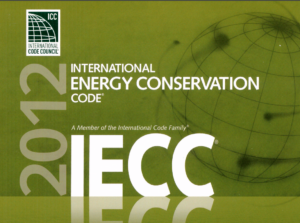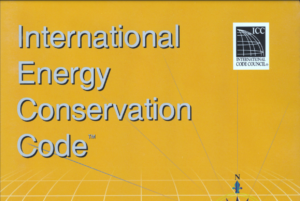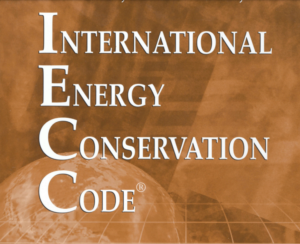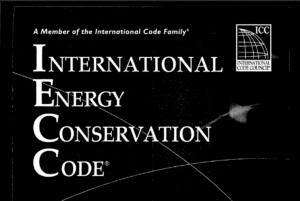The 2017 India Energy Conservation Building Code (ECBC) sets minimum standards for energy-efficient design and construction in commercial buildings. Its main goal is to reduce energy consumption by implementing three levels of energy efficiency: ECBC Compliant Building, ECBC+ Building, and SuperECBC Building. These levels can be achieved by adhering to mandatory and prescriptive requirements or by using the Whole Building Performance (WBP) Method. The code applies to commercial buildings or complexes with a connected load of at least 100 kW or a contract demand of 120 kVA and does not cover private residential buildings. It addresses various systems, including the building envelope, mechanical systems like HVAC, lighting both interior and exterior, electrical power, motors, and renewable energy systems, but excludes plug loads and energy used for manufacturing processes unless specified. In cases of conflict, government policies or the Bureau of Energy Efficiency’s standards take precedence over the code, and the National Building Code of India 2016 is used as a reference standard for lighting, HVAC, thermal comfort, natural ventilation, and other design criteria. The code classifies buildings based on their function, including hospitality establishments like hotels and resorts, healthcare facilities such as hospitals and clinics, assembly buildings like theaters and transport stations, business establishments including offices and service facilities, educational institutions such as schools and universities, and shopping complexes like malls and retail stores. Mixed-use buildings require classification for each commercial function, with specific compliance guidelines for those that do not fit into the defined categories.

2012 ICC IECC International Energy Conservation Code
Explore the 2012 International Energy Conservation Code (IECC), which sets forth essential guidelines for energy conservation in buildings, emphasizing legal administration, definitions, and practical energy-saving measures.





